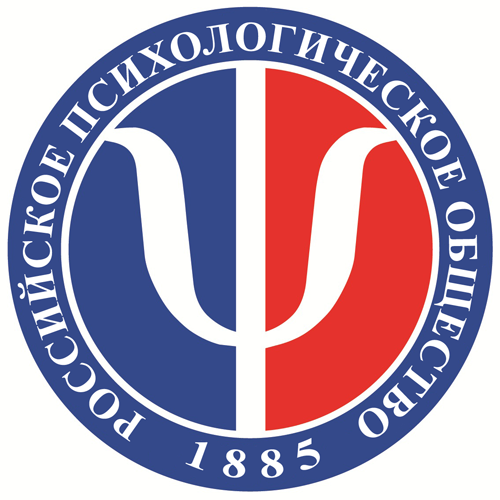Background. Divergent thinking is the ability to generate many different original ideas, is an important component of human creative potential. Preschool age is a sensitive period for the development of divergent thinking in children. No special scientific studies have been found on the role of klecksography in the development of divergent thinking in preschool children.
Objective. The aim of the study is to evaluate the effectiveness of using klecksography as a means of developing divergent thinking in children aged 5–6 years.
Sample. The study involved 20 children aged 5–6 years (10 boys and 10 girls).
Methods. The study was conducted in three stages: ascertaining, formative and control. The “Sketches” and “Using objects” tests were used for diagnosis divergent thinking in children. The methodology for developing divergent thinking was based on the following conditions: 1) step-by-step teaching of children to use klecksography techniques to create different images: from teaching the techniques of detecting an image and completing its drawing to a holistic creative activity; 2) inclusion of tasks on finishing drawing blots in lessons on topics reflecting different areas: animals, plants, things, people; 3) using techniques that encourage children to discover multiple images in the inkblot.
Results. Analysis of the results of the ascertaining stage showed that 45% of the examined children had low levels of divergent thinking. They are able to generate several ideas, but the indicators of flexibility of thinking are low, original answers were not revealed. These children were included in the experimental group. The results of the control experiment indicate the effectiveness of the experimental method. 75% of children demonstrated a high level of divergent thinking in the “Sketches” test, and 12.5% in the “Using objects” test. The dynamics of fluency and flexibility of thinking are especially pronounced.
Conclusions. The obtained data confirm our assumption that klecksography can be used as an effective means of developing divergent thinking in children aged 5–6 years.

